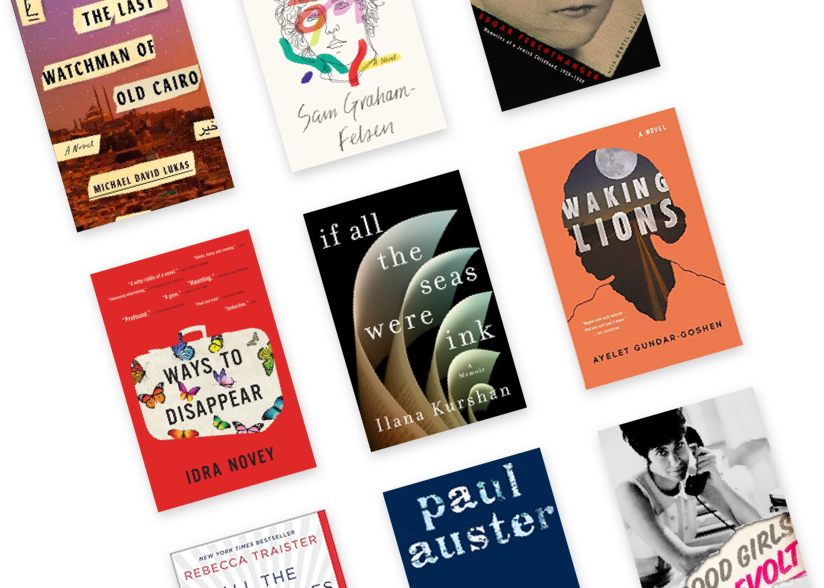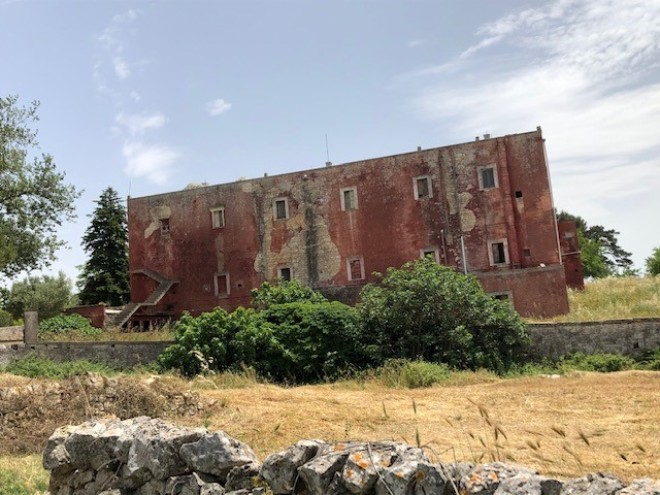At first, The Red House reads like a cross between detective novel and historical fiction. It’s only slowly that we begin to see the themes that propel it forward: Jewish history, love in its many forms, and intergenerational trauma.
Marry Morris deftly weaves all these elements together, but her greatest accomplishment is perhaps her ability to make this work of fiction flow with the intimate feeling of a memoir. This is thanks in part to the first-person narration in the opening chapter, but continues through the rest of the book, even as the chapters that follow weave alternating timelines and different points of view.
The novel’s protagonist is Laura, a forty-two-year-old American and a professional “home stager”; when Laura enters a house soon to go on sale, she makes rooms seem bigger or cozier, and uses furniture and props such as photos rummaged from flea markets to give old homes new stories. As Laura herself describes it, “I give people ancestors and memories they’ve never known.” After all, houses and homes can fall short of our expectations to fill our needs of shelter, love, and belonging.
We first meet Laura shortly after she has left her partner and landed in Italy. But what might seem an expression of a midlife crisis is something else entirely: what prompted her to flee was a missed call from a police detective — the same detective who tried, unsuccessfully, to resolve the disappearance of her mother thirty years before. Instead of returning the detective’s call, Laura opts to follow her own path to try to bring closure to the tragedy that has defined most of her life.
Laura’s journey takes her to a series of houses down the Adriatic coastline, and she begins to uncover a family saga that stretches back to the 1940s. By immersing herself in the places that her family — either by choice or by necessity — called home, Laura finally begins to face the hard truths of her past.
The house is not the only prominent symbol employed by Morris in the novel. Other examples include names, birds, food, and above all, the visual arts. Not only is expression through drawing, sculpture, painting, and high couture depicted as a survival mechanism and the hope for a better future; it also provides a series of clues into the family histories. This is especially true for the “silent” characters of the past, like old houses, can finally rid themselves of the new layers of paint, and have their voice heard.
Vivian Cohen-Leisorek is a Guatemalan-Israeli writer whose work has appeared in The Tel Aviv Review of Books, BusinessWeek Online, and Underground, and publishes a popular Substack diary about the October 7 War. She currently working on a memoir about her year volunteering with injured soldiers in Israel’s largest hospital.





